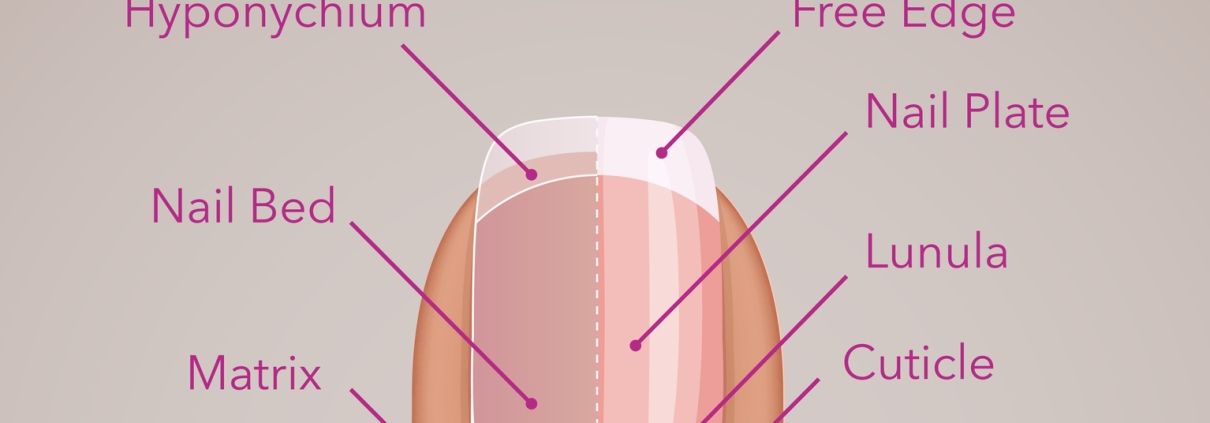The Essential Guide to Nails
Nails are a small but significant part of the human body, serving both functional and aesthetic purposes. They help us perform everyday tasks such as gripping, scratching, and even expressing personal style. However, beyond their decorative appeal, nails have a remarkable biological structure and play important roles in protecting our fingers and toes.
In this article, we will explore the anatomy of nails, their function, common nail conditions, and how to maintain nail health.
Anatomy of Nails
Nails are composed of a tough, protective protein called keratin, which is also found in hair and skin. Structurally, a nail can be divided into several key parts:
- Nail Plate: The visible, hard portion of the nail that we commonly think of when referring to nails.
- Nail Bed: The skin beneath the nail plate, rich in blood vessels that give the nail its pinkish hue.
- Cuticle: A thin layer of dead skin cells at the base of the nail, which serves as a protective barrier against infection.
- Lunula: The small, crescent-shaped, white area at the base of the nail, where new nail cells are produced.
- Nail Matrix: Located under the skin at the nail’s root, the matrix is the area responsible for nail growth, producing new keratin cells that push the old cells forward.
Functions of Nails
Nails are not merely cosmetic; they serve several important functions:
- Protection: Nails shield the delicate tissues of our fingers and toes from injury and environmental stress.
- Sensory Enhancement: Nails improve the sensitivity of our fingertips by providing a rigid backing for the soft pads of the fingers. This enables us to better manipulate objects and feel textures.
- Tool Use: Nails act as small tools for activities like scratching, picking up small items, and untying knots.
Common Nail Conditions
Nails, like any other part of the body, can suffer from various conditions. Some of the most common nail issues include:
- Brittle Nails: Nails that break or split easily, often due to dryness, aging, or repeated exposure to water and chemicals.
- Fungal Infections: Known as onychomycosis, fungal infections can cause nails to become discolored, thickened, or crumbly.
- Ingrown Nails: When the corner or edge of a nail grows into the surrounding skin, causing pain and swelling. This is most common in toenails.
- Nail Psoriasis: A condition that can cause pitting, discoloration, and abnormal nail growth, often associated with the skin condition psoriasis.
- Nail Clubbing: A condition where the nails become thicker and wider, often a sign of underlying health issues such as lung disease.
How to Maintain Healthy Nails
Keeping your nails healthy requires regular care and attention. Here are some tips for maintaining strong, attractive nails:
- Keep Nails Clean and Dry: Regularly wash your hands and dry your nails thoroughly to prevent infections and fungal growth.
- Moisturize: Just like your skin, nails need moisture to stay strong. Applying hand cream or cuticle oil can help prevent dryness and brittleness.
- Trim Regularly: Keep nails at a manageable length by trimming them regularly with clean, sharp nail clippers.
- Use Proper Tools: Avoid using your nails as tools for prying or scraping. This can cause damage and make nails more susceptible to breaking.
- Protect Nails from Chemicals: Harsh chemicals found in cleaning products or nail polish removers can weaken nails. Wearing gloves while cleaning and using acetone-free polish remover can help minimize damage.
- Maintain a Balanced Diet: Nails, like other parts of your body, benefit from a nutritious diet rich in vitamins and minerals. Vitamin B7 (biotin), in particular, is known to support healthy nail growth.





